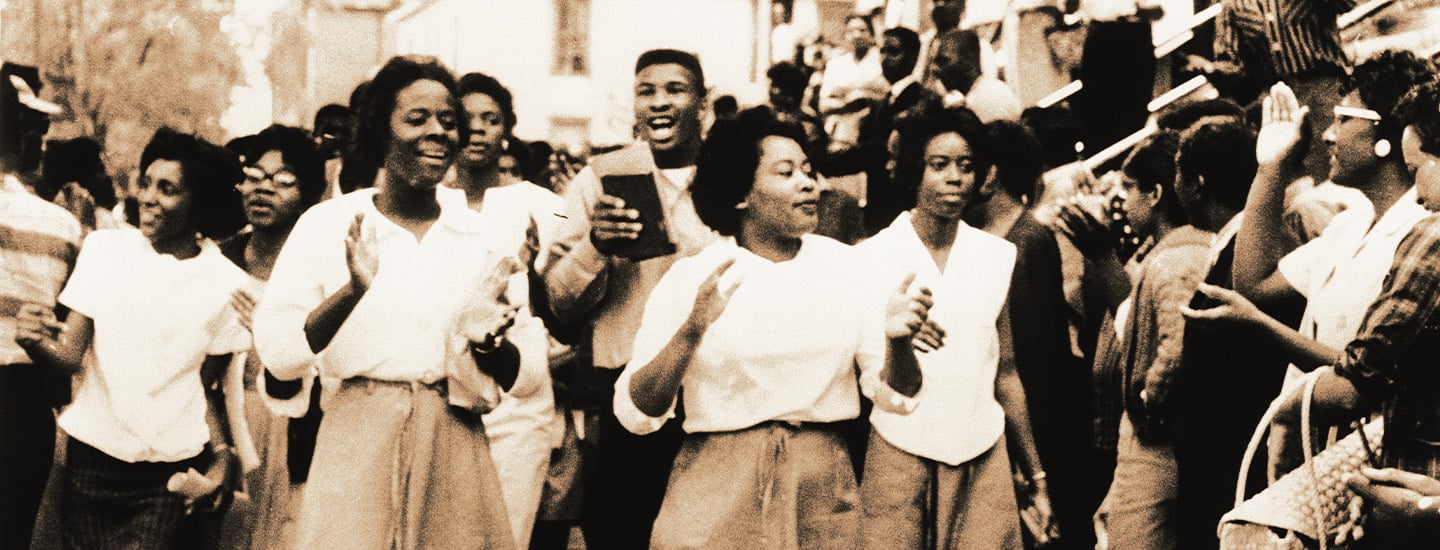Courtesy Janice Wesley Kelsey
Janice Wesley in 1965
Janice Wesley woke up on Thursday, May 2, 1963, “with my mind on freedom,” as she would later say. The 16-year-old put on a light, sleeveless dress. Even spring days get hot in Birmingham, Alabama. Thinking ahead, she stuck a toothbrush and toothpaste into her purse. Finally, she snuck her older sister’s leather jacket. It might be cold at night in jail.
For Janice was about to take part in a march to end segregation in Birmingham, then one of the most racially divided cities in the United States. The protest’s organizers, including Martin Luther King Jr., had been denied a permit to demonstrate, so they knew that many of those who marched were likely to be arrested.
Janice Wesley woke up on Thursday, May 2, 1963, “with my mind on freedom,” as she would later say. The 16-year-old put on a light, sleeveless dress. Even spring days get hot in Birmingham, Alabama. She was thinking ahead. So she stuck a toothbrush and toothpaste into her purse. Finally, she snuck her older sister’s leather jacket. It might be cold at night in jail.
Janice was about to take part in a march to end segregation in Birmingham. It then was one of the most racially divided cities in the United States. The protest’s organizers included Martin Luther King Jr. They had been denied a permit to demonstrate. So they knew that many of those who marched were likely to be arrested.

